
The researchers have produced an intricate 3D rendering of newly formed molecules inside the supernova remnant using ALMA telescope.

Recently, the Atacama Large Millimeter Array gave us an amazing view of Betelgeuse, - the star that is destined to go supernova at anytime in the next few thousand years or so.

Mark your calendars: In 2022, a rare "red nova" will appear in the sky, according to an unprecedented and ultra-precise stellar prediction.

Discovery of a time-resolved supernova signal in Earth's microfossils. According to the researcher's analyses, our solar system spent one million years to transit trough the remnants of a supernova.
This animation is based on photometric observations made by NASA’s Kepler space telescope. By closely monitoring the star KSN 2011d, located 1.2 billion light-years away, Kepler caught the onset of the early flash and subsequent explosion.
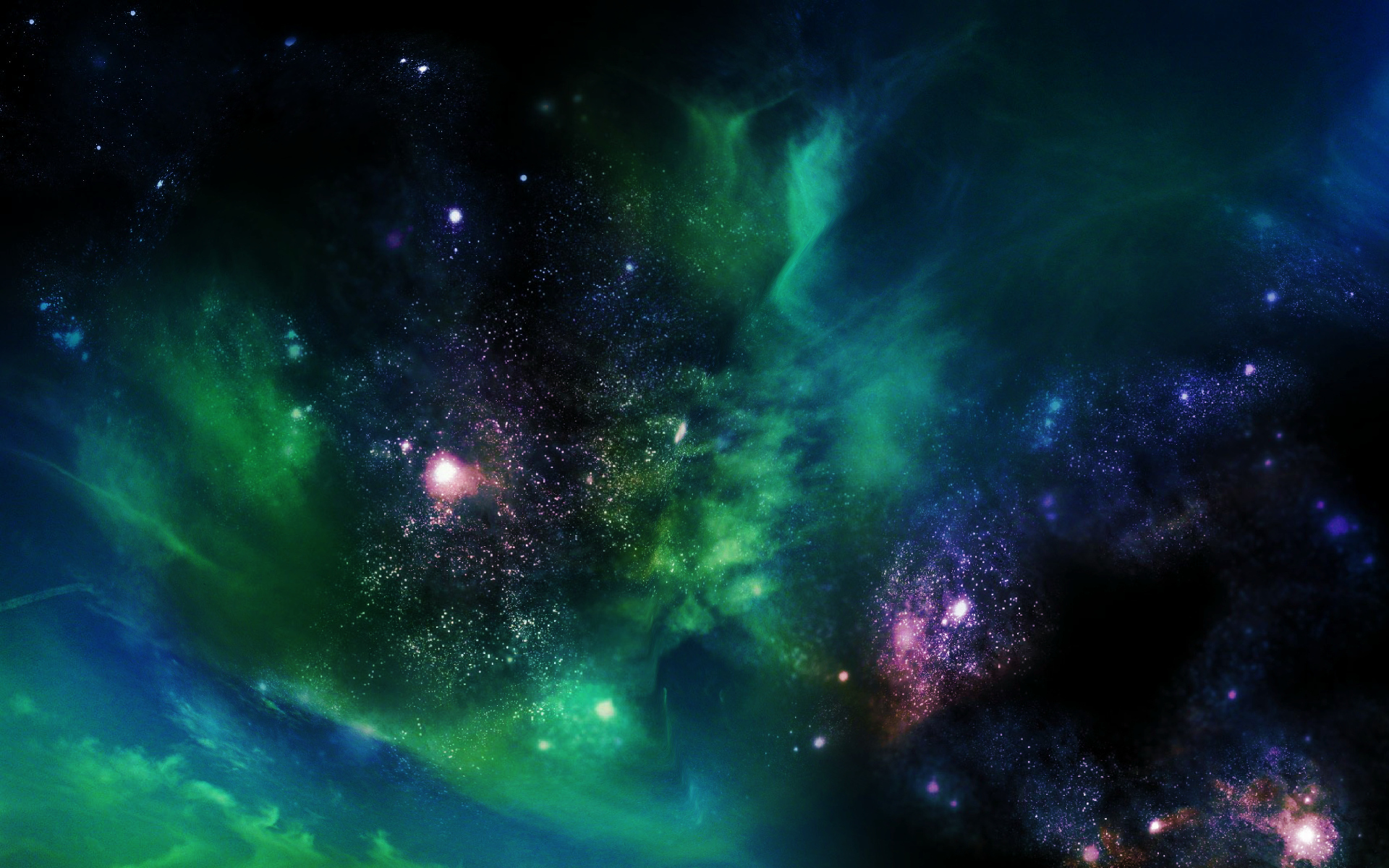
In January 2002, astronomers discovered a massive explosion coming from V838 Monocerotis. They initially thought they were witnessing a supernova, but after the initial flash of light began to dim (as expected), it began to brighten again in infrared wavelengths at the beginning of March. After that brightening faded, another one happened in April.
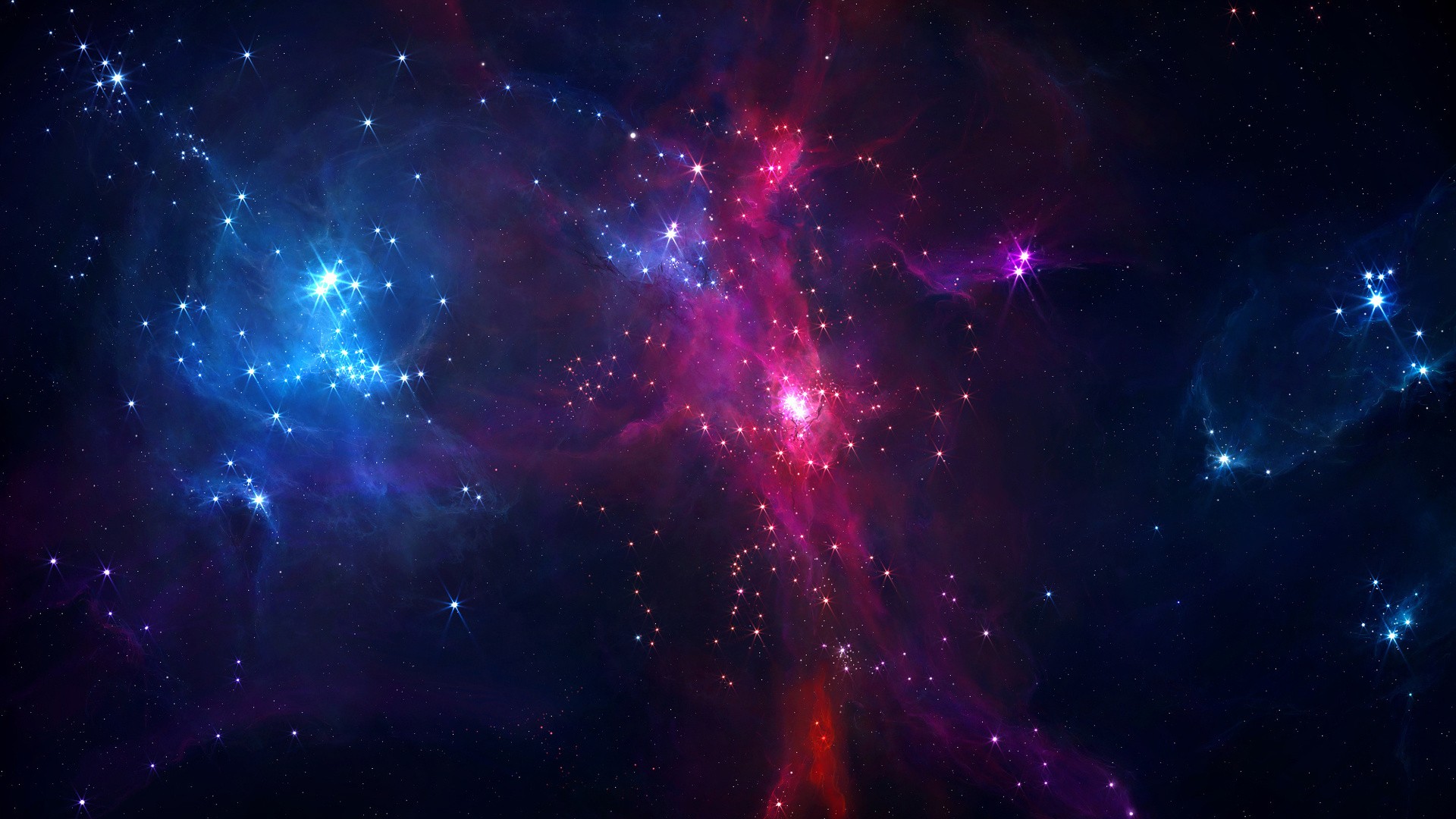
NASA's Hubble Space Telescope has looked deep into the distant universe and detected the feeble glow of a star that exploded more than 9 billion years ago. The sighting is the first finding of an ambitious survey that will help astronomers place better constraints on the nature of dark energy, the mysterious repulsive force that is causing the universe to fly apart ever faster.
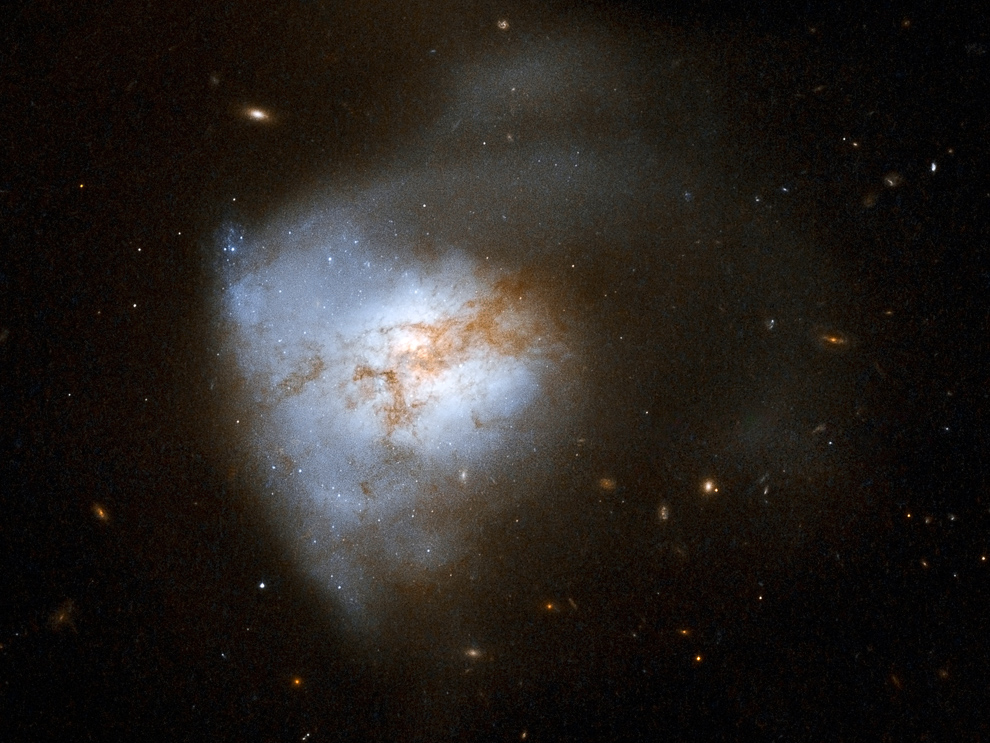
In a galaxy 250 million light-years from Earth, astronomers have spotted a record-breaking number of supernovae found at the same time.
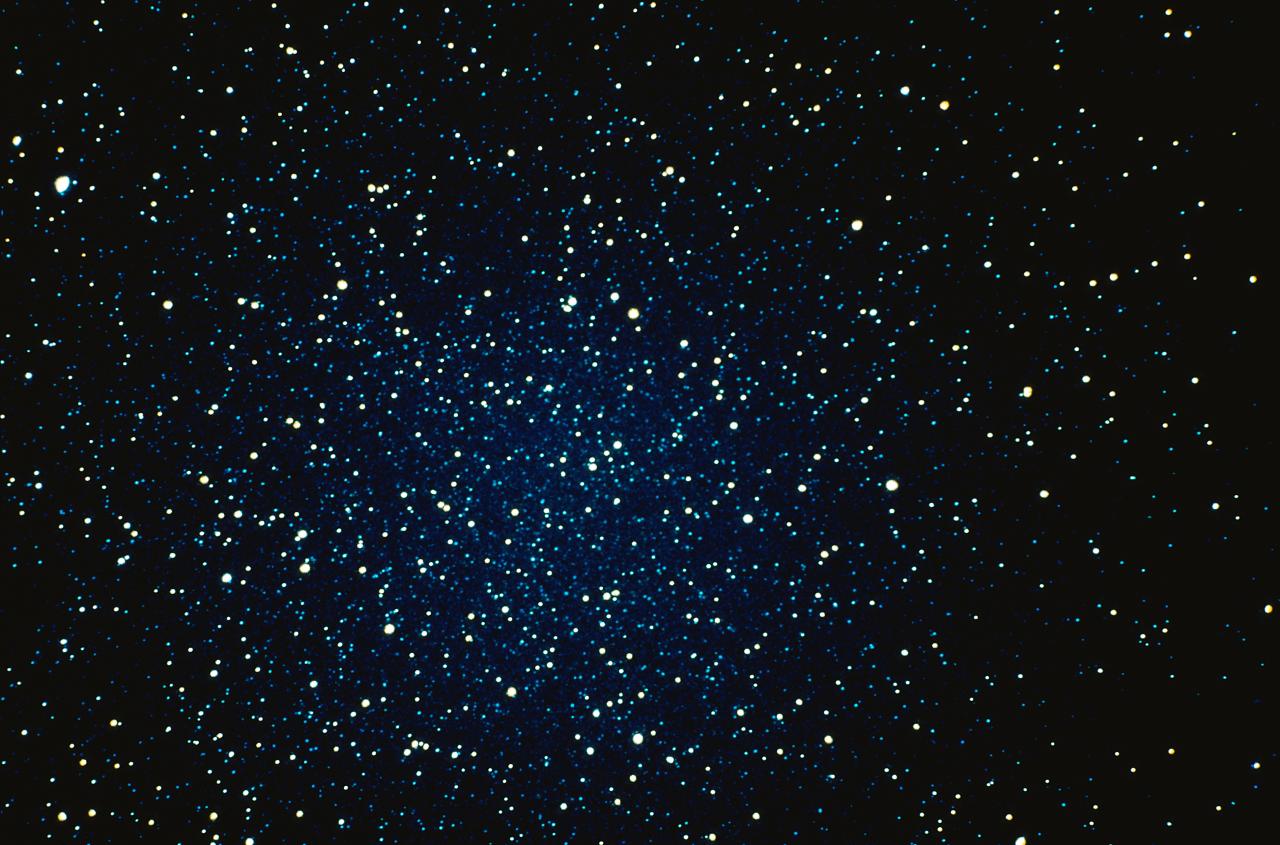
Astronomers have obtained a never-before achieved radio astronomical photograph of the youngest supernova. Fourteen days after the explosion of a star in the galaxy Galàxia del Remolí (M51) last June, coordinated telescopes around Europe have taken a photograph of the cosmic explosion in great detail – equivalent to seeing a golf ball on the surface of the moon.

A supernova discovered Wednesday is closer to Earth -- approximately 21 million light years away -- than any other of its kind in a generation. Astronomers believe they caught the supernova within hours of its explosion -- a rare feat for events of this type.

ESO’s Very Large Telescope captured this striking view of the nebula around the star cluster NGC 1929 within the Large Magellanic Cloud, a satellite galaxy of our own Milky Way. A colossal example of what astronomers call a superbubble dominates this stellar nursery. It is being carved by the winds from bright young stars and the shockwaves from supernova explosions.
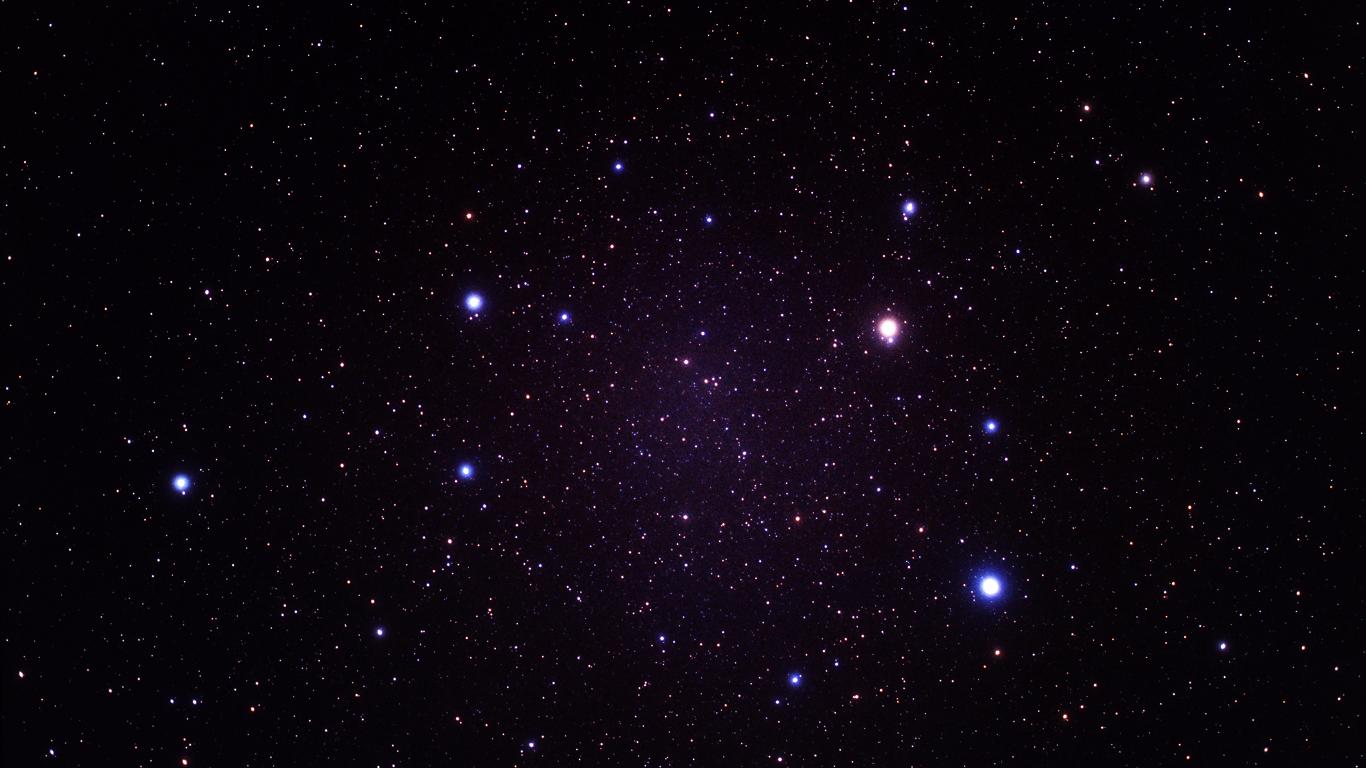
The Meathook Galaxy, or NGC 2442, has a dramatically lopsided shape. One spiral arm is tightly folded in on itself and host to a recent supernova, while the other, dotted with recent star formation, extends far out from the nucleus. The NASA/ESA Hubble Space Telescope and the MPG/ESO 2.2-meter telescope have captured two contrasting views of this asymmetric spiral galaxy.
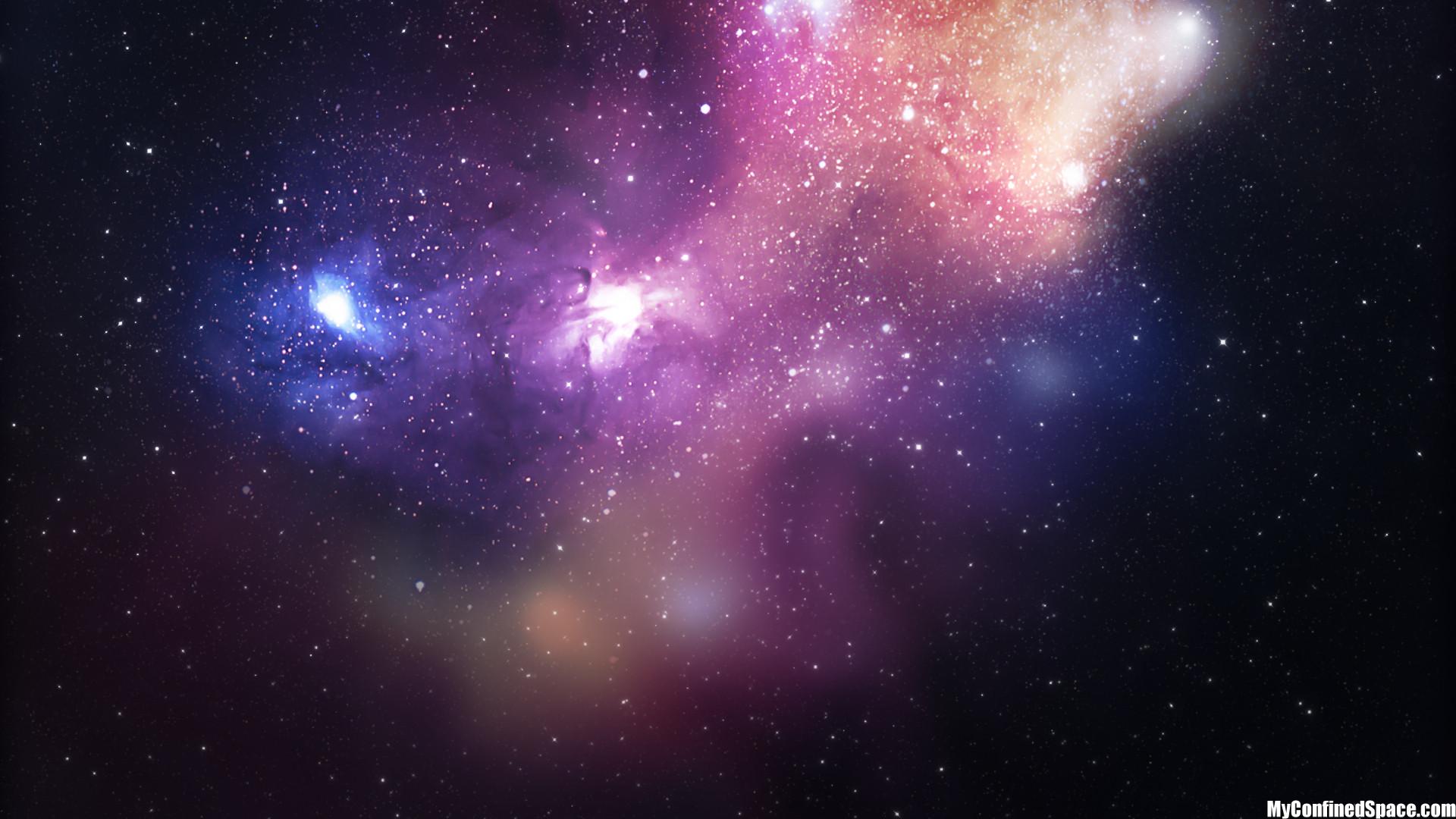
Stars are balls of glowing gas, with a nearly spherical shape. Accordingly, one would expect that when some stars explode as supernovae at the end of their lives, the resulting colossal fireballs should share this spherical symmetry. However, recent investigations are revealing that some of these events are not round. New data gathered at Calar Alto Observatory reinforce this surprising finding.